In skydiving, most jumpers replace their lines when one of the following occurs:
- They notice that their lines are well worn and in need of replacement.
- Their rigger notices that their lines are well worn and in need of replacement.
- They experience a line break during opening.
In BASE, only one of the above is acceptable. Line breaks in BASE can be deadly and there are no formal requirements to put your gear in front of a qualified rigger at any time. So how do you know when it’s time for a new line kit on your BASE gear?
Let’s start by recommending annual inspections on your BASE gear regardless of line condition. Apex BASE offers inspection services on BASE gear from all manufacturers. We suggest that every jumper send their gear to us, another manufacturer, or a qualified rigger at least every 12 months for an inspection and any worthwhile maintenance/repairs.
Now that we’ve gotten that out of the way…
Here’s an example of used Dacron line with some moderate wear. Assuming the rest of the line kit is in similar or better condition, there is no need to replace these lines. You can see wear in the form of “line fuzz,” but nothing too dramatic:

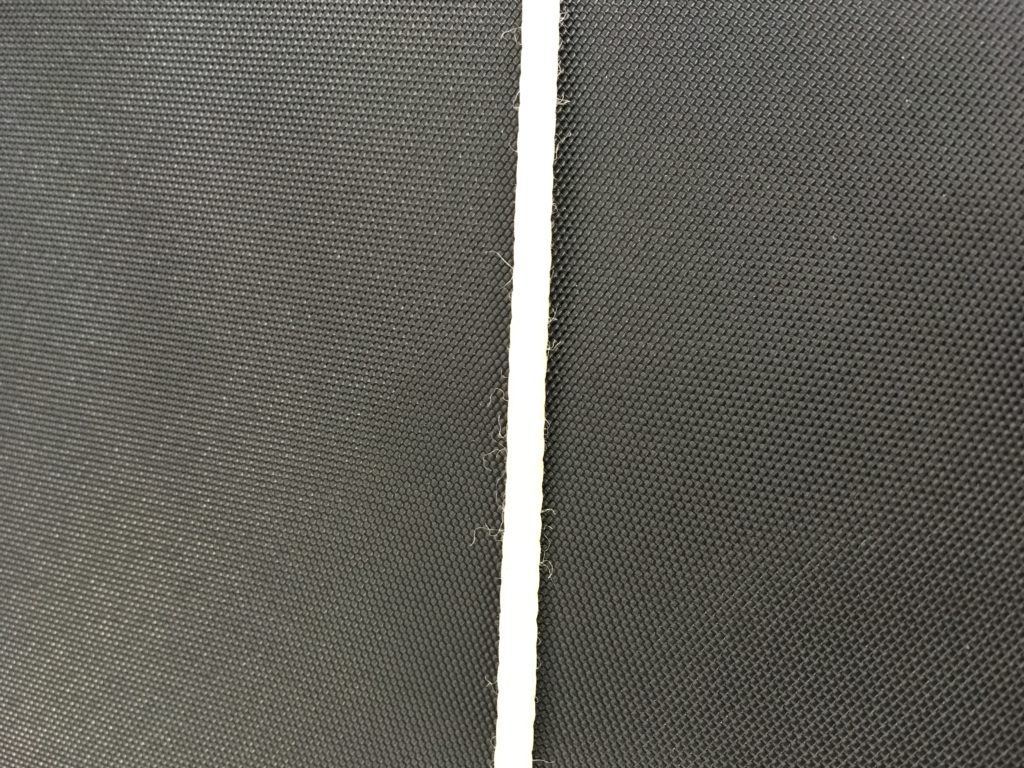
These lines, while used, are in good condition and do not need to be replaced.
Next let’s look at some lines with more significant wear:
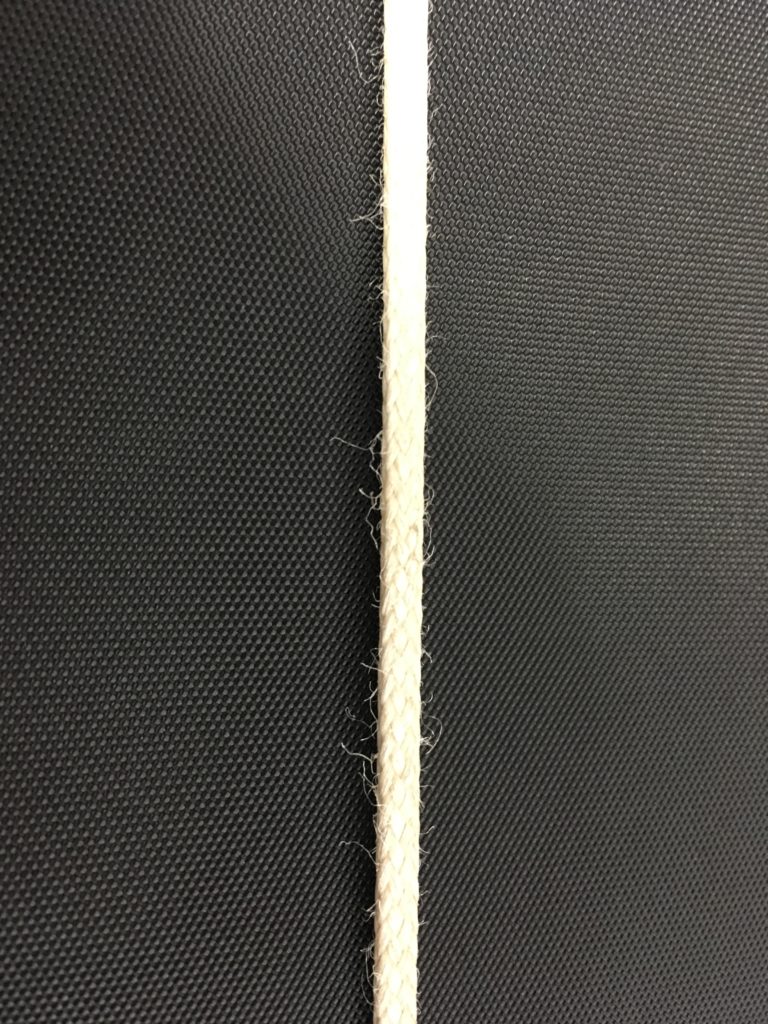
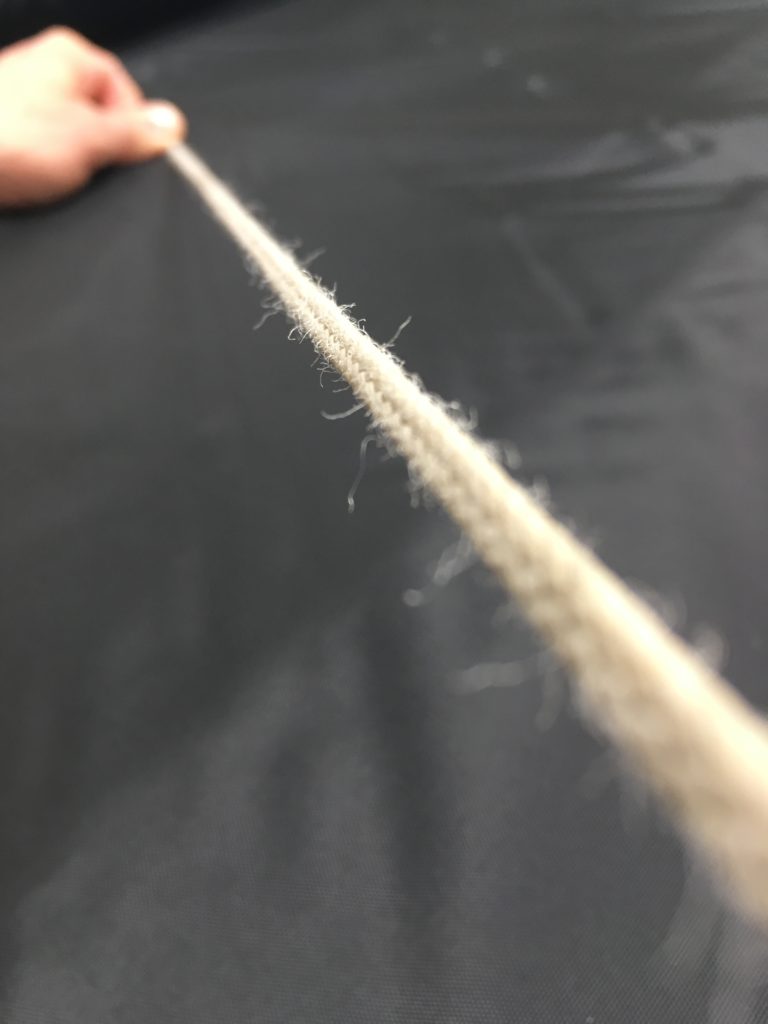
Depending how the rest of the lines look, this line kit may require replacement.
Here you can see significantly more fuzziness in the lines. (Fun Fact: The “fuzziness” is created by broken strands of Dacron, which are no longer helping support any suspended load when your canopy is opening, flying, and landing.) Assuming the rest of the line kit is in similar condition, or worse, we would advise replacement.
Note that we keep referring to “the rest of the line kit.” Your lines will not wear perfectly evenly. When determining whether to replace your lines we suggest using the most worn portion of the line kit as your reference point for wear. Occasionally we’ll see a kit in mostly acceptable condition, with one or two areas being well worn or damaged. This situation, almost always, warrants a full replacement. Because we don’t want to create asymmetry in the line kit by replacing only a portion of the lines, most line damage will require a replacement of the complete line kit. The exception to this rule is the replacement of control lines which can be replaced without replacing lines A through D.
Lastly, let’s look at some line that is in horrible condition:
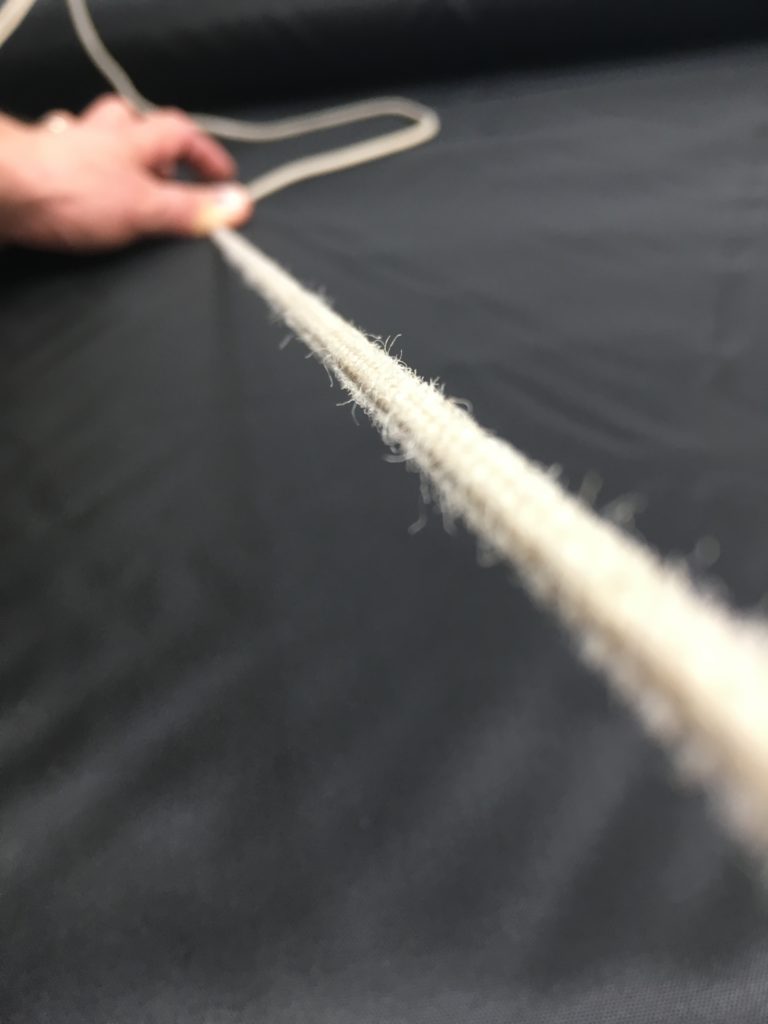
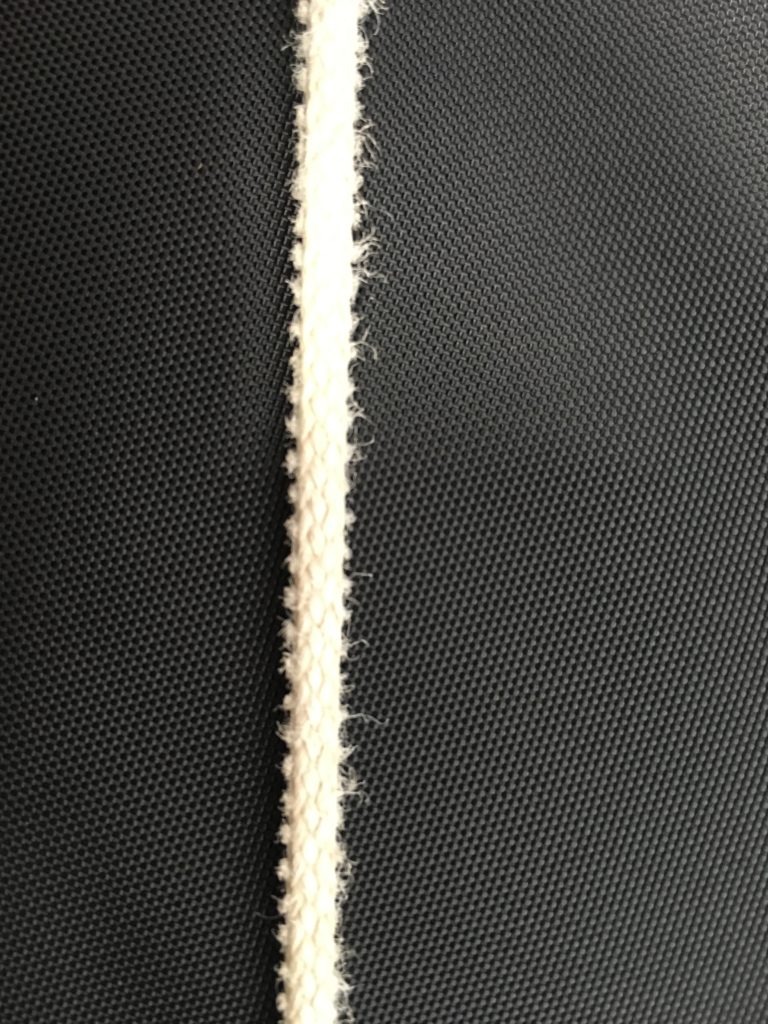
Continuing to jump lines in this condition is dangerous!
These lines are dangerous. While the top photo shows some moderate fuzziness, looking at the line straight on (as in the bottom photo) shows some serious structural damage to the Dacron. On a single parachute system, letting lines get to this condition is highly dangerous. Just because “they seem fine” does not mean that they will hold up during your next opening. So be smart, be safe, and always perform basic maintenance on your BASE equipment! There’s no penalty for replacing lines too early, but the penalty for waiting too long can be quite undesirable.
Questions? Give us a call at 951-894-6000 or e-mail us at info@apexbase.com. We’ll be happy to take a look at a photo of your lines and let you know our thoughts!
